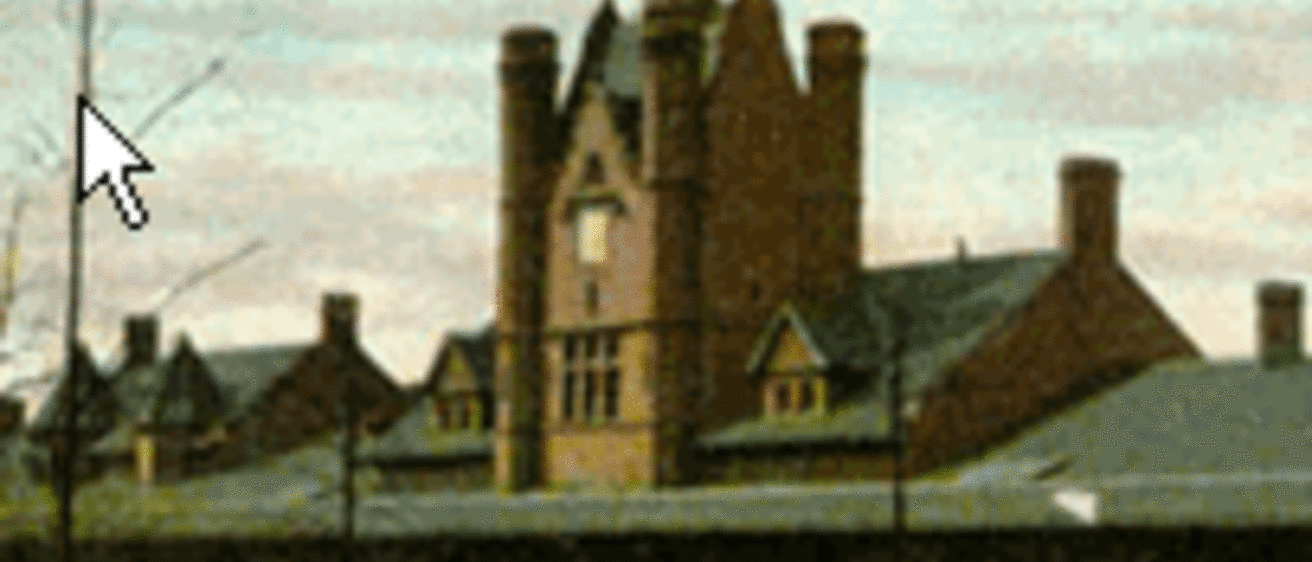Almost every student who has graduated from the Graduate Program in Urban and Regional Planning over the past 20 years has had the pleasure of taking (or been compelled to take, depending on how you look at it) Jim Throgmorton's introductory core course, History and Theories of Planning. Anyone who has taken or taught such a course knows that it is difficult to see the relevance of planning theory to planning practice. In part that is because theory is typically taught as something that is detached from the particular contexts of action.
This past year students had an opportunity to collaboratively craft a creative 150-page report about the Cedar Rapids and Iowa City, Iowa region. Following Jim's guidance, the students titled their report, CRANDICIA: A Users Guide v. 1.0, and they divided their report into six sections: The Founders' Tale (which focused on the settlement of West Branch, Iowa City, and Cedar Rapids); The Pastoral Vision (which juxtaposed the image of the region as an idyllic pastoral place against development pressures in places like Mt. Vernon); Sam's Town (which focused on transformations that WalMart and other big-box retailers are bringing to places like North Liberty); La Frontera (which highlighted the effects of Latino in-migration on communities such as West Liberty and Columbus Junction); Vegas on the Iowa (which related the new casino being built in Riverside to earlier transformations of Las Vegas, Nevada); and The Creative Capital of the World (which related Richard Florida's ideas about "the creative class" to the region and to Governor Vilsack's recent "Great Places" initiative).
It was an impressive effort, but perhaps even more impressive was the truly extraordinary set of creative presentations that students made in class during one four-hour marathon session at the end of the semester. Jim had challenged them to present familiar (stale, predictable) material in an unfamiliar way, and the students came through in extraordinary fashion. It's impossible to capture in text the creativity that students displayed when presenting their material, but if you even get a chance, ask the students to tell you about Jaan Sturgis's enactment of The Ghost of Herbert Hoover or Ryan Newstrom's portrait of "Bob," a TV salesman trying to sell us on the idea of CRANDICIA.
